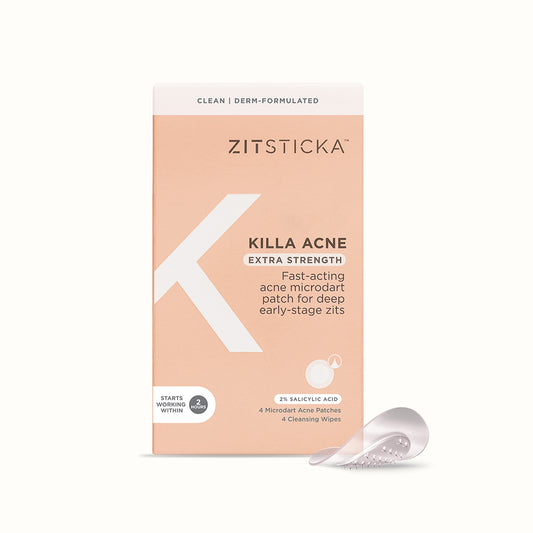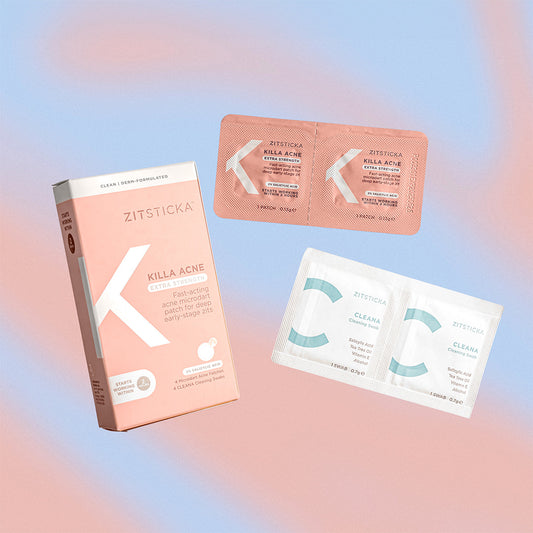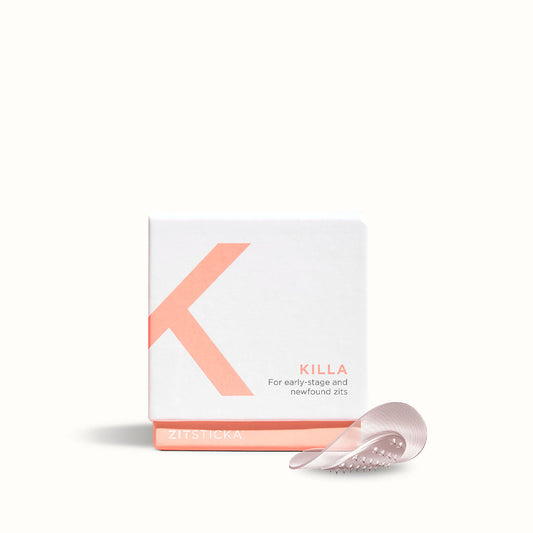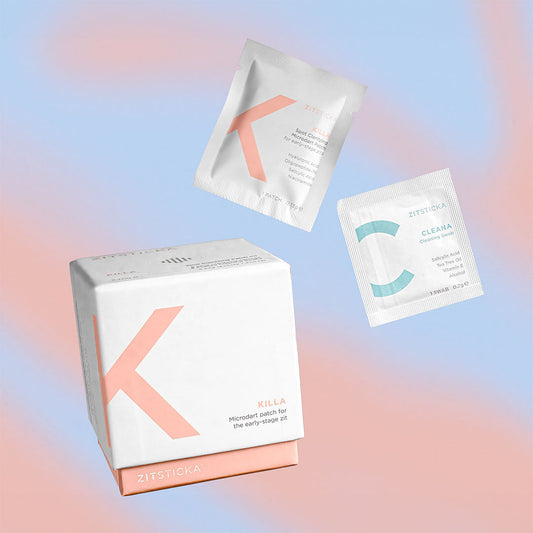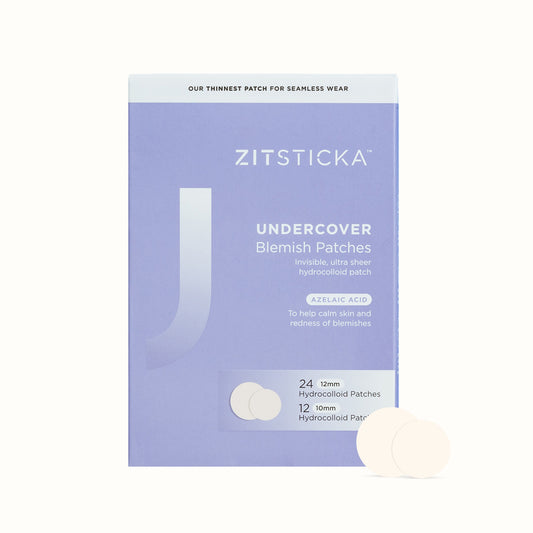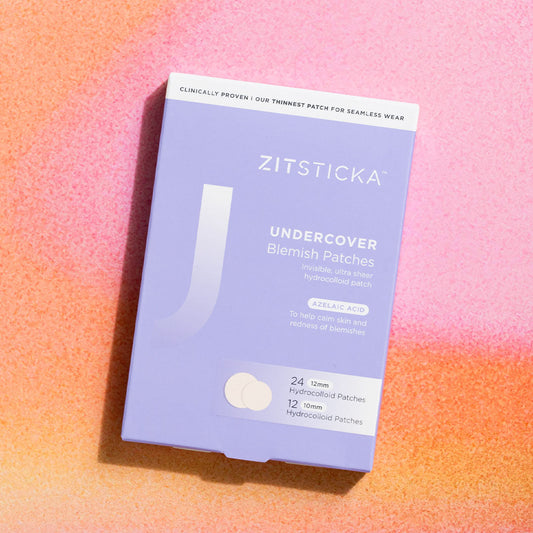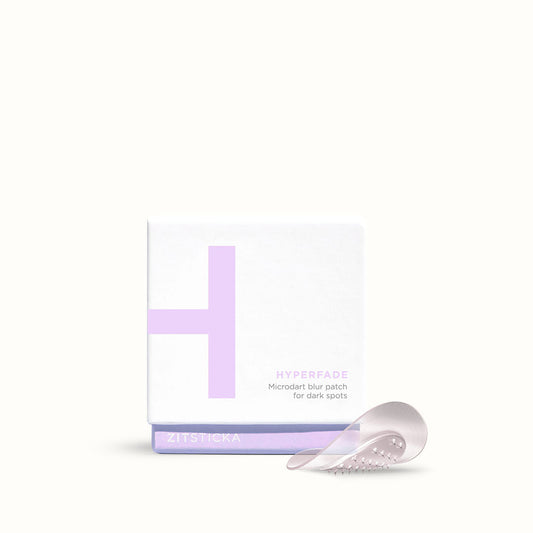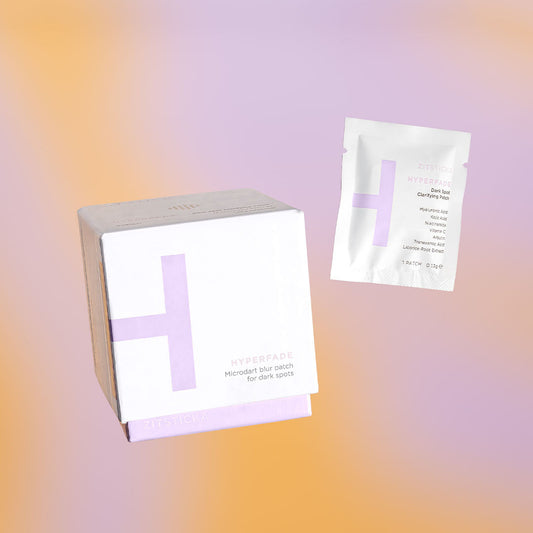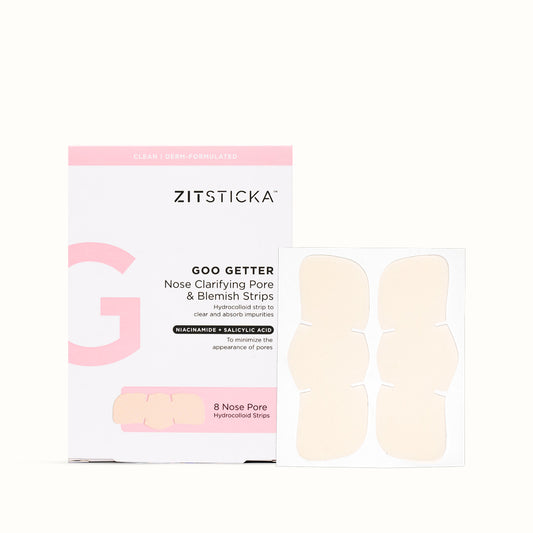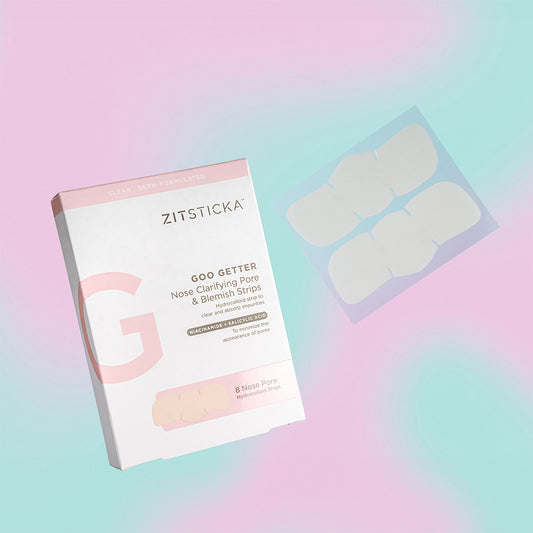Hyperpigmentation: What in the world is that? If you’re a skincare junkie like me there’s a chance you’ve heard the term, but some of us suffer from it and still aren’t sure exactly what it is! Hyperpigmentation is the formation of dark spots in the skin caused by sun exposure, skin trauma and inflammation, tattoos, and various other conditions. It impacts the Black community and other ethnicities of color most because of our body’s increase in melanin. As someone with hyperpigmentation, here is more information about this skin condition and ways to combat any unwanted dark spots on your complexion.
The Relationship Between Melanin and Hyperpigmentation
Ever had a breakout that left a mark or stain (ew)? Whether we pick it or stick it, there’s a reason those of us with deeper skin tones experience hyperpigmentation. Our skin can’t tell the difference between a blemish and a wound. Cells rush to repair inflammation caused by a breakout and in doing so, more melanocytes (melanin-producing skin cells) are introduced to the area. During the healing process the pigment is trapped within the layers of our skin which is why it takes weeks to months (to years) to fade blemishes and scarring.
What’s interesting is that those on the paler end of the spectrum have about equal melanin-producing cells as those of us on the richer end of the range. This speaks to the behavior of melanin in the skin and explains why those of us of Black and African, Native American, Asian and Latin descent are more likely to experience hyperpigmentation. Our melanin is designed deeper in color. The darker the melanin, the more pigmentation leftover in a blemish that needs to clear away. Fortunately—though there’s no instant fix—there are lots of hardworking ingredients that can help us achieve brighter, more even complexions.
Don’t Skip the Sunscreen
If we can manage to crack an eye open for first-thing-in-the morning Insta scrolling, we can remember to swipe on a bit of sunscreen every day. Staying indoors doesn’t mean we’re not exposed either! While darker skin experiences fewer inflammatory side effects of sun-time, our cells are still getting the damage—especially if we have any existing hyper-pigmented spots. This means our skin is creating more melanin in those areas making our complexion perfection goals even harder to achieve. Furthermore, with all our brightening skincare comes the need for SPF. A swipe a day helps keep the damage away!
Acid for Dark Spots
When searching for the best products to treat dark spots and hyperpigmentation, there are certain acids that can be our friend. While some products may require a prescription, most of the following acidic ingredients can be found in readily available skincare products, including ZitSticka’s HYPERFADE. Here are a few of the hardest working acids to look for.
Lactic Acid: an alpha-hydroxy acid, this exfoliating ingredient can be derived from milk or produced synthetically. It is one of the gentlest yet still effective acids to treat hyperpigmentation.
Vitamin C: hydrating, smoothing, and safe to use, our favorite supplement makes a huge impact in the skincare world. Topically, vitamin C intervenes on melanin production, which will prevent dark areas from getting too much darker while also sloughing off dull, dead skin and revealing an overall brighter complexion.
Kojic Acid: this antimicrobial acid helps soothe the skin while fighting sun damage and dark spots. It is usually formulated in very low concentrations and in some cases, can be used in conjunction with another acidic product for faster results.
Glycolic Acid: another AHA that penetrates easily into the skin, glycolic acid helps with anti-aging as well. Often found in cleansers, toners, serums and creams; use glycolic acid first in a cleanser and work up to longer lasting applications, especially for sensitive skin types.
Pro-Tip! Don’t discount hyaluronic acid as part of your regimen. While it is already naturally produced in the skin, experts say that its reparative qualities help assist in the fading of dark marks. Used in conjunction with one of the above acidic ingredients, we can properly support clearing our complexions.
The Full Routine
If a totally clear complexion is the goal, we have to stay consistent with a fully baked routine that addresses darkness and hyperpigmentation. Incorporating regular exfoliation, using targeted brightening products, and practicing safe sun exposure are ways that all of us—deeper skin tone or not—can make a big improvement in the way our skin looks and feels.
Want more? Read the ups, downs and remedies for this deep-skinned girl's hyperpigmentation.

